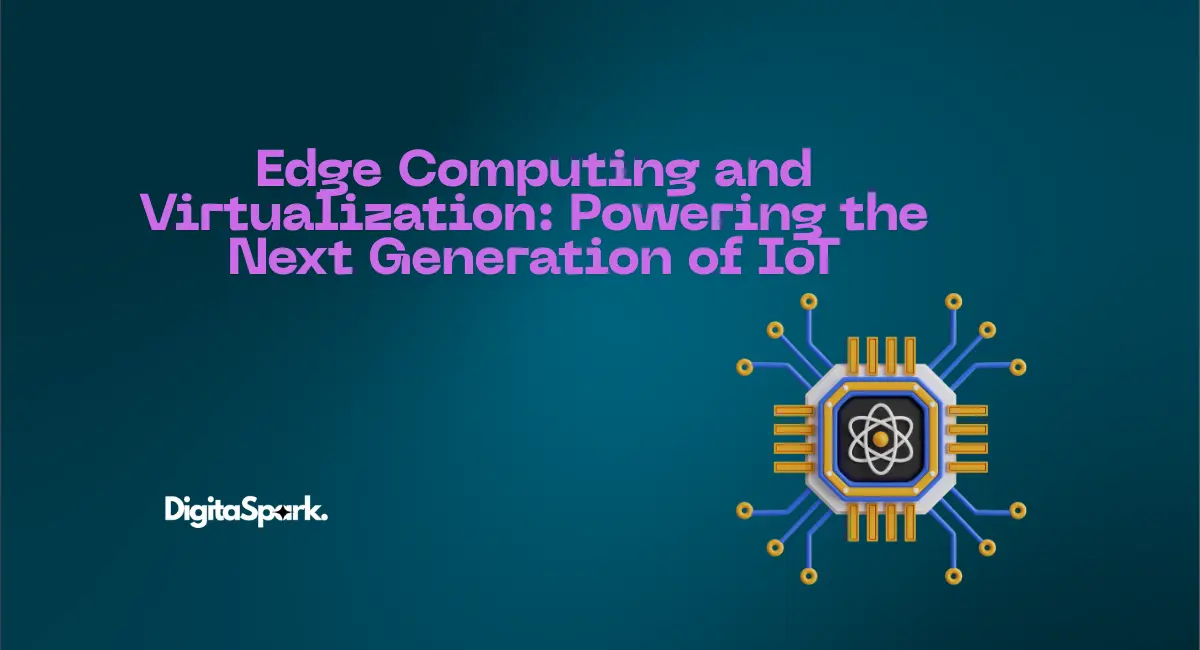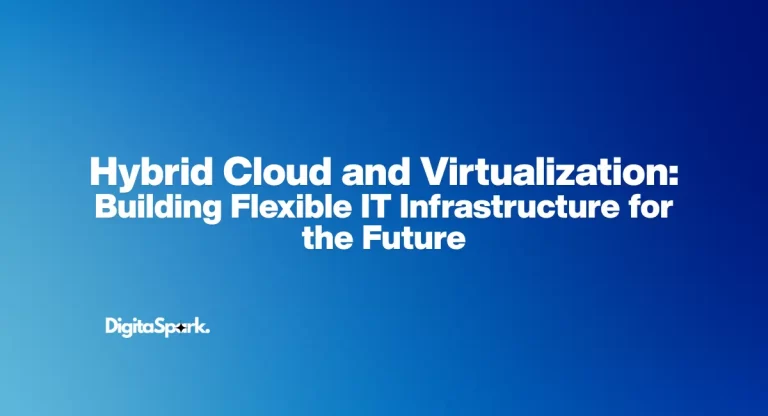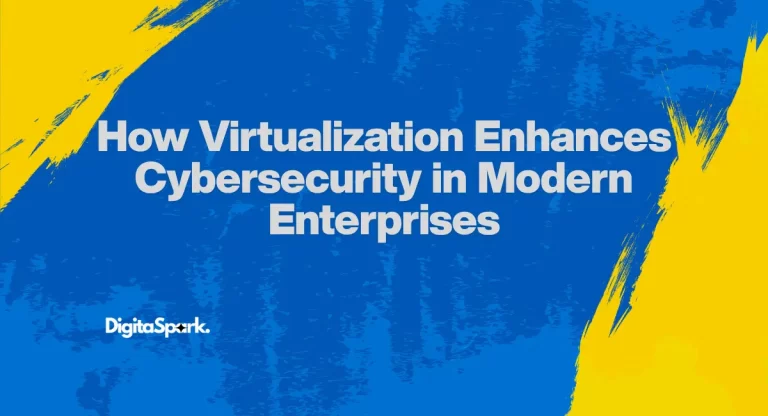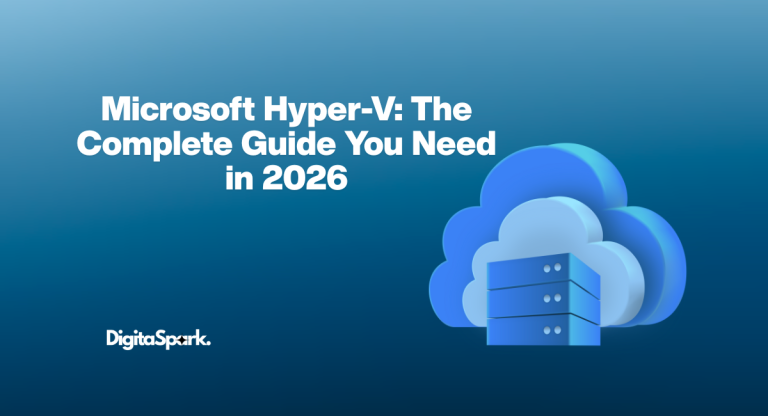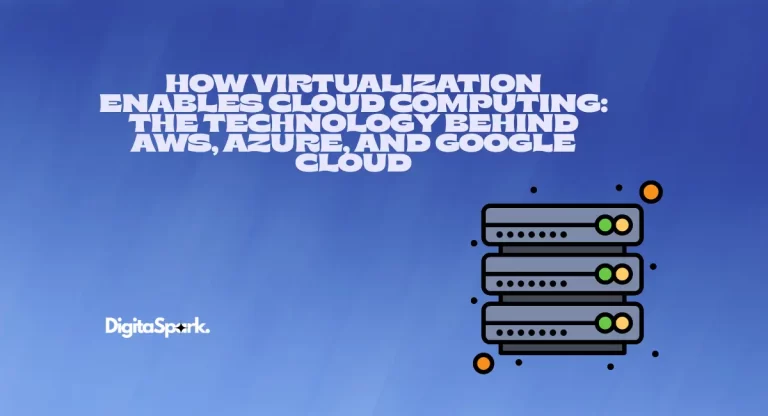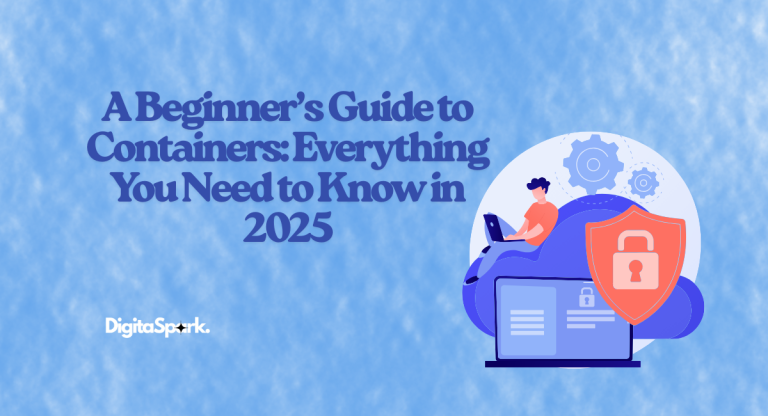Edge Computing and Virtualization: Powering the Next Generation of IoT
Let’s be honest: the Internet of Things (IoT) has gotten a little out of hand. Not long ago, “smart” just meant your phone or maybe your TV. Now, it’s your fridge, your thermostat, your doorbell, your car, even your toothbrush if you’re into that sort of thing. All of these devices are constantly chattering away, generating mountains of data every second. And someone has to process it.
For years, we leaned on the cloud. That worked fine when you were backing up photos or streaming Netflix. But IoT is different. When your self-driving car needs to decide whether to hit the brakes, waiting for a cloud server on the other side of the world to respond isn’t exactly practical. You need instant answers, right at the edge of the network. That’s where edge computing comes in. It moves the brainpower closer to where the data is born.
But here’s the thing — edge devices don’t have infinite resources. You can’t just drop a mini data center on every street corner. This is where virtualization saves the day. Instead of buying a separate physical box for every task, virtualization lets one machine pretend to be many. You spin up virtual machines or containers, and suddenly that little edge server can juggle multiple jobs: crunching IoT data, running AI models, and keeping security checks in place — all without breaking a sweat.
If you’re unfamiliar with the concept of virtualization, I have written an in-depth blog about Virtualization go check it out.
So if you’re wondering why tech giants, startups, and even governments keep talking about the marriage of edge computing + virtualization, it’s because the combo is what makes large-scale IoT actually possible. Without it, the future of “smart everything” would be a mess of hardware costs, laggy connections, and sleepless IT teams.
Why IoT Alone Would Struggle Without Edge + Virtualization
Here’s a quick reality check. We love the idea of billions of connected devices making life easier — from smart traffic lights that reduce congestion to wearable health monitors that detect problems before they become emergencies. But every new device adds strain to the system.
If all that data had to travel back to centralized cloud data centers, the internet would choke. Latency would skyrocket, apps would lag, and in some cases (like medical emergencies or autonomous vehicles) those delays could be catastrophic.
Now, drop virtualization into the picture. Suddenly, one small edge node in a city can act like a mini-cloud. It can run multiple IoT workloads side by side, isolate them for security, and scale them up or down without anyone even noticing. Virtualization makes IoT efficient, affordable, and — most importantly — realistic. Without it, the cost of hardware alone would make half of these “smart” dreams completely unworkable.
Real-World Scenarios Where Edge + Virtualization Shine
This isn’t just theory. You can already see the impact in everyday industries.
1. Smart Cities
Think about traffic management. A modern city might have thousands of cameras and sensors monitoring intersections. If each of those streams had to go back to the cloud, good luck getting a real-time response. With edge computing, local servers analyze the feeds instantly and adjust traffic lights accordingly. Virtualization means that same edge server can also handle public safety alerts, environmental sensors, and even energy grid monitoring — all on shared hardware.
2. Healthcare
Hospitals can’t afford latency. A connected heart monitor needs to flag irregular rhythms immediately, not 30 seconds later after the cloud finally responds. By pushing processing to the edge, hospitals get near-instant analysis. And with virtualization, a single edge server might run patient monitoring software, medical imaging workloads, and AI-based diagnostic tools — securely and in isolation.
3. Manufacturing (a.k.a. Smart Factories)
Factories are full of machines that can’t go down for even a minute. Sensors on assembly lines track vibration, heat, and performance in real time. Edge servers, running multiple virtualized workloads, process that sensor data locally and send alerts before equipment fails. Without virtualization, companies would need racks of dedicated machines for each workload.
4. Retail and Logistics
From “just walk out” retail experiences to smart warehouses, edge + virtualization keep things running smoothly. Imagine an edge server in a store: it can simultaneously run facial recognition for theft prevention, manage smart checkout systems, and handle inventory tracking through IoT sensors. All virtualized, all cost-efficient.
The Key Benefits of Pairing Edge Computing with Virtualization
So what exactly do businesses get out of combining these two technologies? A lot more than just convenience.
- Speed where it matters – Processing happens right next to the data source, which means faster decisions. Think milliseconds, not seconds.
- Lower costs – One virtualized edge device can do the work of many physical servers. Less hardware, less power, less maintenance.
- Flexibility – Need to launch a new IoT application? Just spin up another virtual machine or container on the same hardware.
- Resilience and security – If one workload gets compromised, virtualization keeps it sandboxed, so the rest of the system stays safe.
- Scalability – As IoT grows, you don’t need endless new boxes. You just scale workloads virtually.
Let’s be real — without virtualization, IoT at the edge would be like trying to run Netflix on a single DVD player. Sure, you could do it, but it wouldn’t be fun (or sustainable).
Challenges That Still Need Solving
Of course, it’s not all sunshine. Edge computing and virtualization bring their own headaches.
- Security Risks – The edge is closer to users, which means it’s also closer to attackers. A hacked edge node could expose sensitive IoT data. Virtualization helps with isolation, but securing edge workloads is still tricky.
- Management Complexity – Imagine running thousands of virtualized edge devices across a city. Keeping them updated, patched, and monitored isn’t easy.
- Latency Trade-offs – Yes, edge reduces latency, but if edge nodes need to coordinate with the cloud, delays can creep back in.
- Hardware Limitations – Edge servers don’t have the raw horsepower of massive data centers. Virtualization helps squeeze more out of them, but they’re still limited.
The good news? These challenges are solvable. Companies are already working on better orchestration tools, zero-trust security models, and more efficient virtualization platforms built specifically for the edge.
The Bigger Picture: Edge + Virtualization = The Future of IoT
The Internet of Things isn’t slowing down. From autonomous vehicles to connected medical devices, the future is filled with billions of sensors and machines that need to make decisions in real time. The cloud alone can’t handle it. Neither can edge computing by itself.
It’s the combination of edge + virtualization that makes the future of IoT possible. Together, they deliver speed, efficiency, and scalability in a way that businesses can actually afford and manage.
So, the next time you hear someone talk about “smart cities” or “industrial IoT,” remember this: without virtualization at the edge, all those futuristic promises would fall flat. The fact that your smart thermostat, car, and security camera can work together seamlessly? You can thank a little bit of virtualization magic running behind the scenes.
Final Thoughts
Edge computing and virtualization aren’t just buzzwords. They’re the backbone of the next wave of IoT innovation. By bringing computation closer to where it’s needed and making the most of every piece of hardware, they’re helping industries solve problems faster, cheaper, and more securely.
We’re standing at a moment where IoT could either become a tangled mess of devices and data — or the foundation of a smarter, more connected world. Virtualization at the edge is what tips the scale toward the latter.
So whether you’re a developer, a business leader, or just a tech enthusiast who likes seeing how the gears fit together, keep an eye on this space. Because the future of IoT? It’s not just happening in the cloud anymore. It’s happening right at the edge.
For those who’d like to explore the foundations I drew on while studying this topic, the official Red Hat guide on edge computing is a great starting point.

